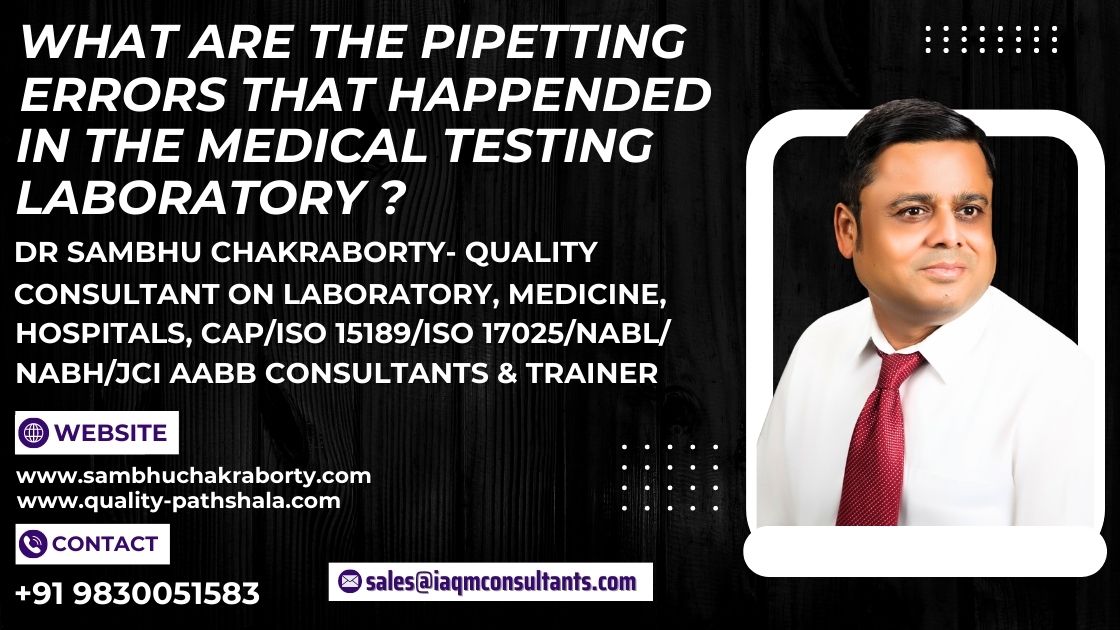In a medical testing laboratory, pipetting errors can occur during the process of transferring liquids using pipettes. These errors can lead to inaccuracies in test results, potentially affecting patient diagnoses and treatment decisions. Some common types of pipetting errors include:
- Volume Inaccuracy: This occurs when the delivered volume of liquid is not the same as the intended volume. It can happen due to incorrect pipette calibration, variations in technique among different operators, or mechanical issues with the pipette.
- Air Bubbles: Air bubbles trapped in the pipette tip or liquid can result in inaccurate volumes being transferred. These bubbles occupy space that should be filled by the liquid, leading to under-delivery of the intended volume.
- Surface Tension Effects: Some liquids, especially viscous ones, can create variations in pipetting due to surface tension. This can cause the liquid to adhere to the pipette tip or to be released inconsistently.
- Parallax Errors: Parallax occurs when the operator’s eye is not at the same level as the meniscus of the liquid in the pipette, leading to inaccuracies in volume measurement.
- Temperature Effects: Variations in temperature can affect the volume of liquids due to their thermal expansion or contraction. If the laboratory environment is not controlled, this can introduce errors in pipetting.
- Vapor Pressure: Liquids with high vapor pressures, such as volatile organic solvents, can evaporate from the pipette tip before being delivered, leading to lower than intended volumes.
- Tip Wetting: Sometimes, liquid can adhere to the outer surface of the pipette tip instead of being dispensed, leading to a smaller volume being transferred.
- Pipette Calibration: If pipettes are not regularly calibrated or calibrated incorrectly, they may not deliver the intended volume, causing systematic errors in all measurements.
- Technique Variability: Different operators may have variations in their pipetting technique, leading to inconsistent results between individuals.
- Contamination: Cross-contamination between samples can occur if the same pipette tip is used for multiple samples without proper cleaning or changing of tips.
To minimize pipetting errors, laboratories follow strict protocols for pipette calibration, training of personnel, and proper pipetting techniques. Regular maintenance and calibration of pipettes, use of proper pipette tips, and adherence to standard operating procedures can help reduce these errors and ensure accurate and reliable test results in medical testing laboratories.
About the author
Dr. Sambhu Chakraborty is a distinguished consultant in quality accreditation for laboratories and hospitals. With a leadership portfolio that includes directorial roles in two laboratory organizations and a consulting firm, as well as chairmanship in a prominent laboratory organization, Dr. Chakraborty is a respected voice in the field. For further engagement or inquiries, Dr. Chakraborty can be contacted through email at director@iaqmconsultants.com and info@sambhuchakraborty.com. Additional resourcesand contact information are available on his websites, https://www.quality-pathshala.com and https://www.sambhuchakraborty.com, or via WhatsApp at +919830051583

Great blog!
Can air bubbles introduced during operating be transferred to analyser test system?
Thanks